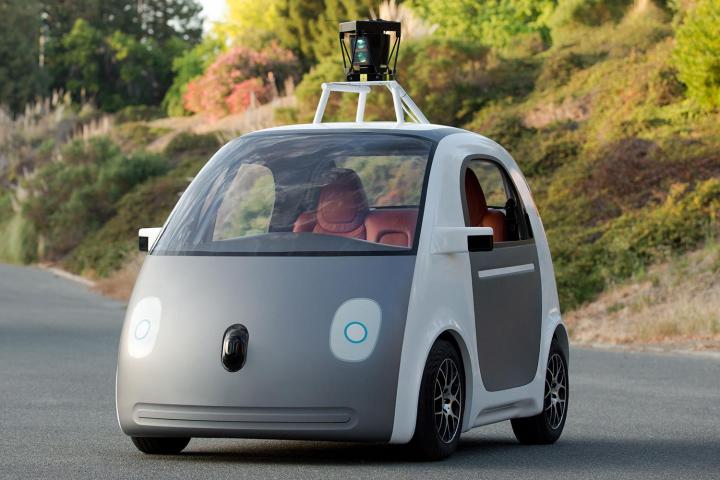
“We’re … making a few hundred of them,” said Hunter, as th e Guardian reports. “We’re making them to enable our team to learn how to actually build a self-driving vehicle from the ground up.” Hunter is head of policy at GoogleX, the division that handles its “moonshot” projects, developed with the far future in mind.
For the time being, Google’s autonomous vehicles are powered by electric batteries, but future models may use some form of hybrid engine, Hunter said. The company’s self-driving technology was first tested via a fleet of modified Lexus cars, but these new motors have been designed from scratch with artificial intelligence drivers in mind.
For the time being, the vehicles are limited to a top speed of 25 mph. They also require detailed maps of the places they operate in, on top of the advanced scanning equipment incorporated into the car itself — that’s one of the reasons why the cars have been trialled in a limited number of locations so far. Current U.S. legislation only permits the testing of self-driving car if a human is present to seize control if necessary.
Should Google get into the business of mass manufacturing, the rollout of these vehicles would still be several years down the line. The cars on the road today are built by Google’s manufacturing partner Roush on the outskirts of Detroit.
Editors' Recommendations
- Tesla Autopilot vs. full self-driving: What’s the difference?
- Google is bringing Chrome browser to cars, even more EV features to Maps
- Watch out: Google Drive may have lost months of data
- Cruise’s robotaxi service suspended by California regulator
- Dubai Police to deploy driverless patrol cars with AI smarts


